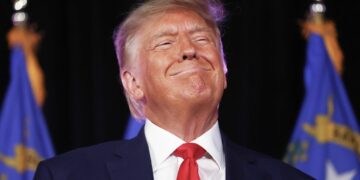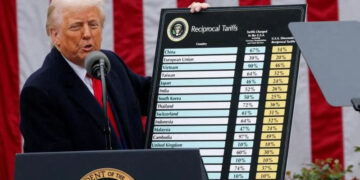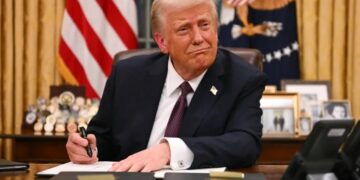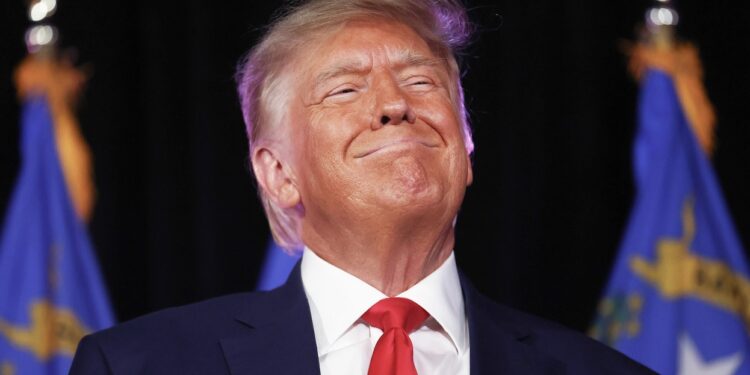By Emmanuel Nduka
The European Union (EU) is developing a two-step trade strategy to deal with Donald Trump, just in case he wins a second term as president, and targeted retaliation if he opts for punitive tariffs instead.
According to EU officials, the carrot-and-stick approach is the best response to Trump’s pledge to impose a 10 per cent minimum tariff, which they estimate could reduce EU exports by around €150bn yearly.
EU negotiators are planning to approach the Trump team, if he wins the election in November, before he takes office to discuss which US products the EU could buy in bigger quantities.
Should talks over improving trade fail and Trump applies higher tariffs, the European Commission’s trade department is drawing up lists of imports it could hit with duties of 50 per cent or more.
“We have to show we are a partner for the US, not a problem. We will look for deals, but we are ready to defend ourselves if it comes to it. We won’t be guided by fear,” a senior EU official said.
Trump’s first term between 2017 and 2021 was painful for the EU, which runs a substantial goods trade surplus with the US.
After Trump introduced tariffs on €6.4bn of imports of steel and aluminium from the EU and elsewhere in 2018 on national security grounds, the EU hit back with rebalancing tariffs of a value of €2.8bn.
In designing the measures, Brussels opted to go after Trump’s core voters with swingeing duties on bourbon whiskey, Harley-Davidson motorcycles and power boats. Those tariffs are suspended until March, part of a temporary deal with the Biden administration to pause the metals tariffs.
Valdis Dombrovskis, EU trade commissioner, told the Financial Times he was hopeful the two sides could avoid a repeat of past “confrontation”.
“We believe the US and EU are strategic allies and especially in the current geopolitical context, it’s important that we work together on trade,” he said.
Recently, Jan Hatzius, chief economist of Goldman Sachs forecasted that a tariff war would damage the EU more than the US.
He said it would cost 1 per cent of EU GDP, compared with 0.5 per cent of the US. However, it would also add 1.1 per cent to the inflation rate in the US, compared with 0.1 per cent in the EU, he added.
Brussels policymakers hope Trump would not want to stoke inflation when voters are worried about the cost of living.
“Whatever happens this time, we are better prepared,” the top official said.




































